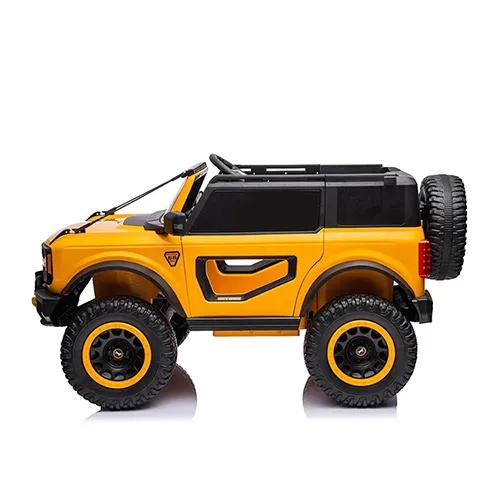CE Certification for Electric Scooters Designed for Children Safety and Quality Standards
CE Certification for Electric Scooters for Kids
As electric scooters continue to gain popularity among children, ensuring their safety and compliance with European regulations is more crucial than ever. CE certification plays a vital role in this process, providing assurance that the product has met essential health, safety, and environmental protection standards set by the European Union. This article will discuss the importance of CE certification for electric scooters designed for kids, the process of certification, and the benefits it provides to consumers and manufacturers alike.
Understanding CE Certification
CE marking signifies that a product has been assessed and found to comply with EU legislation. Products bearing this mark are considered safe for use within the European Economic Area (EEA). For electric scooters, particularly those designed for children, CE certification is vital. It helps to ensure that the products are not only safe but also constructed with high-quality materials suitable for young users.
The Importance of Safety
The safety of children is a primary concern for parents and guardians. Electric scooters can pose various risks, including accidents due to malfunction, inadequate build quality, or failure to meet safety regulations. CE certification indicates that the scooter has undergone rigorous testing and fulfills essential safety requirements. This includes evaluations of the electrical system, structural integrity, and the safety of components such as brakes and tires.
For example, scooters must be tested for stability and maneuverability to minimize the risk of tipping or losing control. CE certification also involves checks for hazardous substances, ensuring that the materials used do not pose health risks to children. By choosing CE-certified electric scooters, parents can have peace of mind knowing that the product adheres to strict safety standards.
The Certification Process
Obtaining CE certification involves several key steps. Manufacturers must first ensure that their scooters comply with relevant EU directives, such as the Machinery Directive and the Low Voltage Directive. This compliance often requires comprehensive testing and documentation.
1. Risk Assessment Manufacturers must conduct a thorough analysis of potential hazards associated with the scooter.
2. Testing The scooter must be tested in accredited laboratories to verify compliance with safety standards. This includes mechanical, electrical, and environmental testing.
ce certification electric scooters fir kids

4. Declaration of Conformity Once all requirements are met, the manufacturer issues a Declaration of Conformity, affirming compliance with EU regulations.
5. Affixing the CE Mark Finally, the product can be labeled with the CE mark, indicating that it is approved for sale within the EU.
Benefits of CE Certification
1. Consumer Trust CE certification enhances consumer confidence. Parents are more likely to purchase products that are certified because it shows the manufacturer is committed to safety and quality.
2. Market Access For manufacturers, CE certification is crucial for entering EU markets. Without this certification, selling electric scooters in European countries would be illegal.
3. Quality Assurance CE certification often encourages manufacturers to maintain high-quality production standards. Continuous adherence to safety and regulatory guidelines can lead to better designs and innovations in electric scooters.
4. Legal Protection CE certification can protect manufacturers from potential liabilities and claims related to product safety. By demonstrating compliance, they can mitigate risks associated with product recalls or legal actions due to injuries.
Conclusion
As electric scooters become an increasingly popular mode of transport for children, the importance of CE certification cannot be overstated. It ensures the safety and reliability of these products, providing peace of mind for both parents and manufacturers. By investing in CE-certified electric scooters, parents can promote safe and enjoyable outdoor activities for their children, all while supporting manufacturers who prioritize quality and compliance. Ultimately, safety should always be at the forefront when considering any equipment designed for our youngest riders.
-
Powered Ride-On Toys for Kids - ATVs Manufacturer & SupplierNewsAug.30,2025
-
Top Powered Ride-On Toys for Kids - ATVs | Factory SupplyNewsAug.29,2025
-
Powered Ride-On Toys for Kids: ATVs Manufacturer & SupplierNewsAug.28,2025
-
Powered Ride-On ATVs for Kids | ATVs Manufacturer & SupplierNewsAug.27,2025
-
Powered Ride-On Toys for Kids - ATVs | Manufacturer & SupplierNewsAug.26,2025
-
Powered Ride-On Toys for Kids - ATVs Manufacturer | Safe & DurableNewsAug.25,2025
